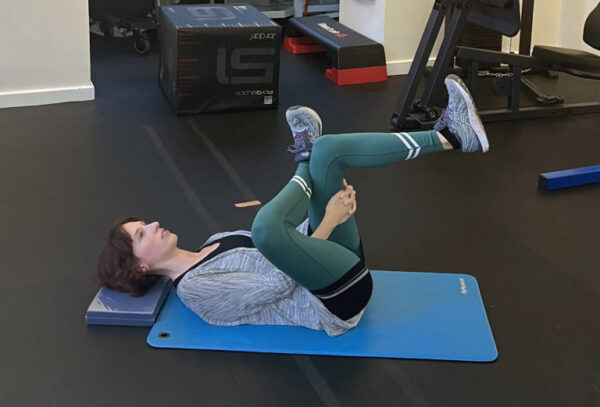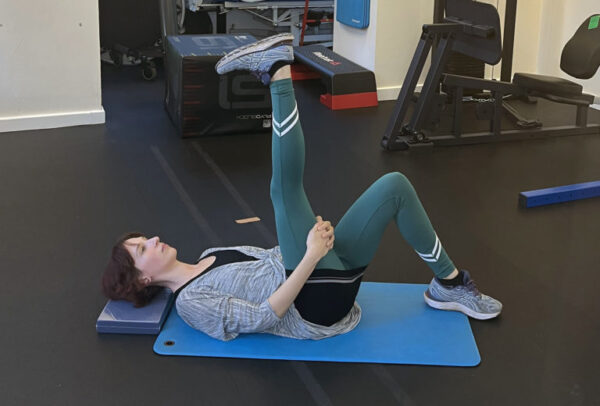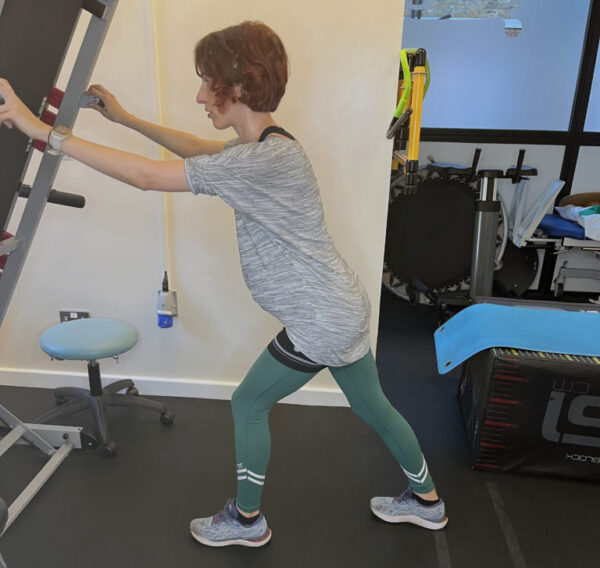Shred it this ski season
Read time: 6 mins
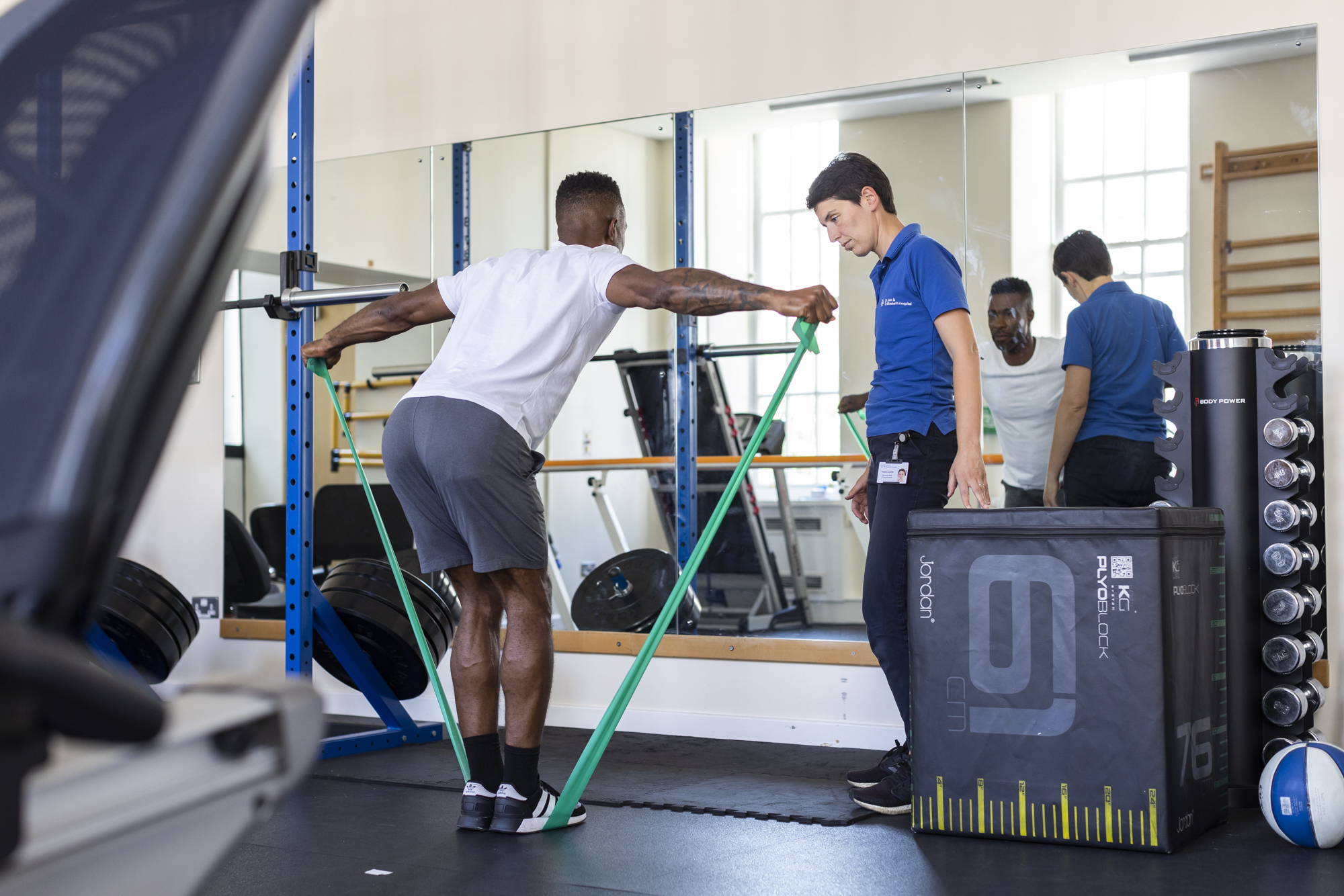
If you’re planning a holiday in the mountains this ski season, preparing your body is key to enjoying it. Shred it this ski season to improve your overall fitness, and minimise your risk of getting injured.
A lot of muscle groups that aren’t usually developed during our everyday lives are involved in activities such as skiing and snowboarding. An average ski day may involve around six or seven hours of sustained physical activity, and whilst it’s possible to rest on the lifts, the high altitude slows your rate of recovery. For those of us that ski once a year, it’s no surprise that a mountain holiday can be very intense and physically draining!
Make sure you’re at peak fitness
In order to participate safely, it’s very important to prepare yourself by building your muscle strength and overall fitness. Depending on your baseline, a 6 to 12 week programme aimed at improving your endurance, strength and flexibility is a good idea.
Here are some useful exercises, which you can practice as a circuit in the comfort of your own home:
Flexibility
Piriformis stretch
Quadricep stretch
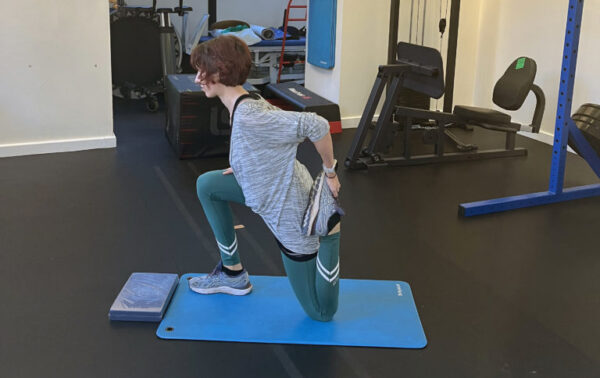
Hamstring stretch
Calf & soleus stretch
Strength
Plank
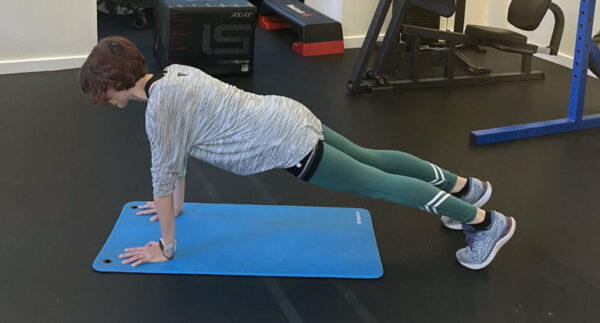
Bridge
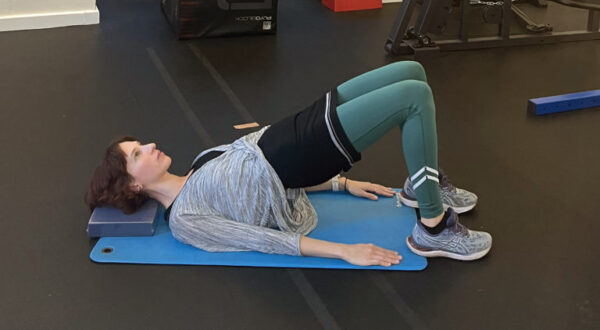
Side plank
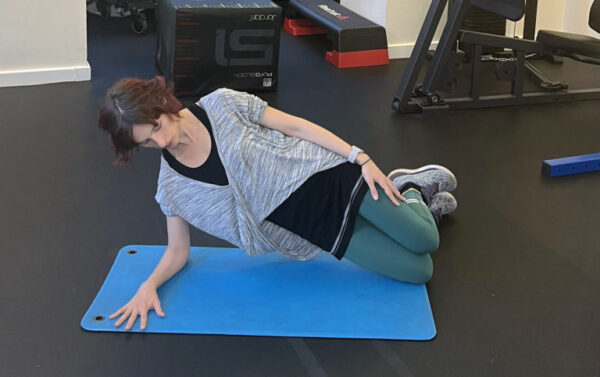
Squat
The diver
Split squat
Start balance
Fast jump with body twist
Endurance
In order to improve your fitness level, you should be doing an aerobic session that lasts between 20 minutes to an hour, two to three times a week. Aerobic exercise raises your heart rate, and to get the most benefit you should work at 50-60% of your max heart rate. If you don’t have a fancy watch, work at a level where you feel you can just about talk.
Most skiers take on cycling as an effective way to train their fitness. Cycling works your thigh muscles a lot, so that doubles the benefit!
You may also want to consider running, though for some, the high impact may be too hard on the knees. Another option is to take up swimming, which can hugely improve your stamina without the impact stress on your body.
To keep your workouts varied and interesting, you could also consider HIIT training or functional circuits as another form of aerobic exercise.
Use the right kit
Did you know you’re eight times more likely to injure yourself if you borrow your equipment? This is related to common mistakes, such as the equipment not matching your level of ability, not working properly, or not being correctly set up.
Your equipment and clothing are one of the most important things to get right. Make sure your gear fits properly and is right for your skill level and where you intend to ski.
To reduce the risk of injury, ski bindings are designed to release your boot in the event of a crash. The DIN setting is the indication of how easily the boot will release from the binding. The higher the DIN setting, the greater the amount of force needed for the skis to release from the feet.
If you catch an edge with your skis and your bindings don’t release, the force can cause your knees to twist.
As such, it’s incredibly important to make sure the DIN setting is low enough that the skis come off when you crash. This calculator can help you work out the right setting for your ability and physical attributes.
If you’re hiring your kit, only use shops that correctly measure you for boots, skis and poles. If you have your own, make sure it’s in excellent condition – it should be relatively new, regularly serviced and set up correctly.
Ski to your ability
Skiing within your ability and comfort level is important, especially if you’re new to the sport. Only attempt runs you know you can handle, and be sure to practice before moving to more challenging slopes. Observe signs and warnings, stick to safe areas and don’t ski alone
If you’re still learning and are fearful, don’t go down the black slope to impress! Fear and anxiety can actually increase your injury risk, and you’re also more likely to hurt yourself badly when attempting something beyond your capabilities.
Previous injuries
If you recently had surgery, consider if your feel fit enough to go on a ski trip this year. If you’ve had keyhole surgery on your knee, it can take six weeks to get back to normal function. However, it’ll be much longer than that before your knee is strong enough to ski on!
If you have a niggling pain, this is the time to get it looked at. Don’t wait until the last minute! Most of the time, some simple advice from a physiotherapist and a tailored exercise plan can make a world of difference.
If you’d like some pre-ski advice, or if you’ve been injured on holiday, we can help. Most skiing injuries affect the knees and hips, and many can be treated conservatively with physiotherapy and pain management. However, the first step is to get a confirmed diagnosis.
Call the therapies clinic on 020 7806 4010 or book online.
Posted on: 15 January 2024
Tags:

